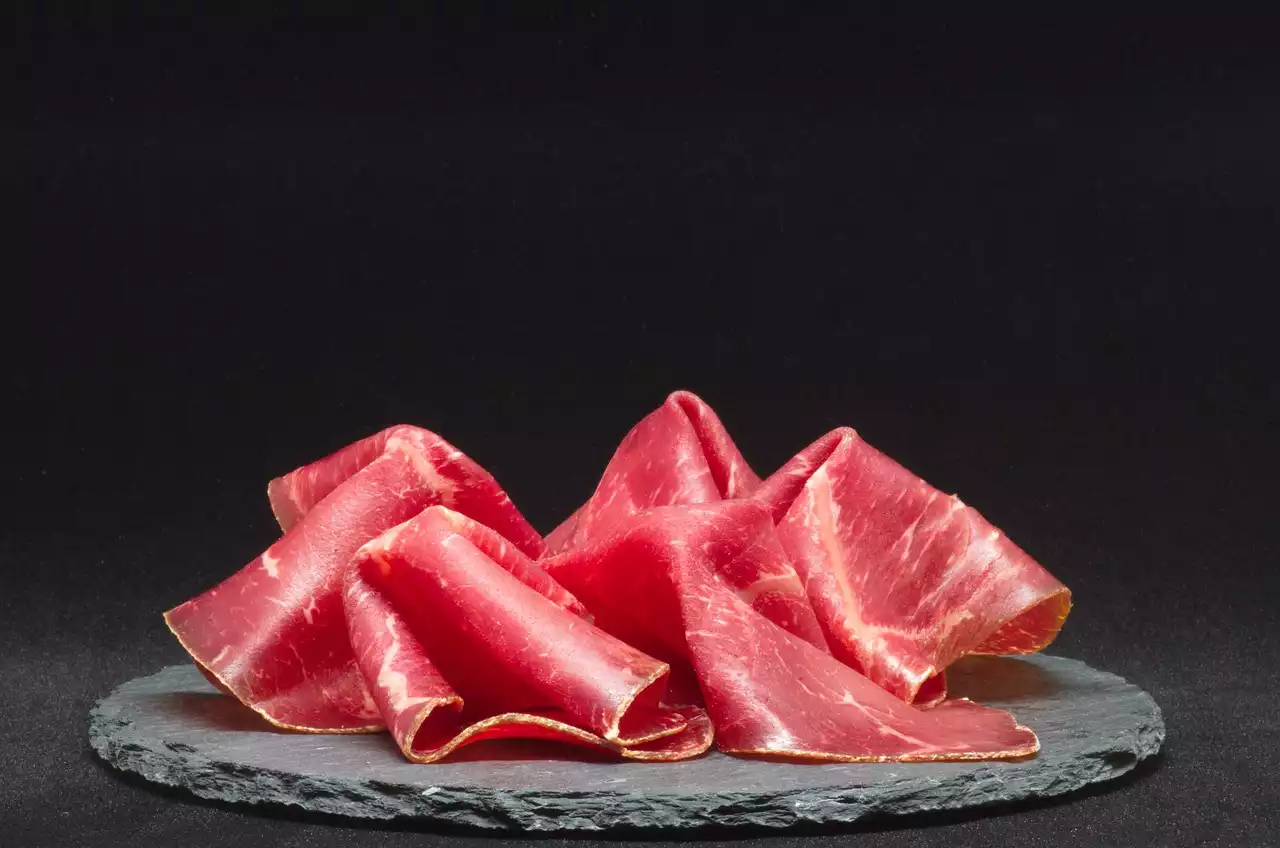When you begin to cut back on processed foods and focus instead on whole, unprocessed ingredients, you’ll soon find that many packaged and pre-prepared options contain hidden preservatives, artificial flavourings and other additives. These chemicals are often unavoidable, but by being aware of which processed meats to avoid and reading labels before buying new products, you can limit your exposure to them. Reducing your intake of processed meats is recommended as part of a healthy diet for several reasons. Some forms of these products have been linked with an increased risk of developing certain diseases or conditions. In addition, they tend to be high in fat, salt and nitrate all things we should try to keep to a minimum in our diets. Processed meats are also usually packed with preservatives, sugar and artificial flavouring agents. Luckily, there are plenty of ways you can cut back on pre-prepared meat products while still eating balanced meals.
Which types of meat to avoid
Processed meat refers to any meat product that has been cured using chemical additives or preserved by smoking or frying. This includes almost all types of ham, bacon and sausages, as well as salami. Processed meat products may be high in fat and salt, and eating too many of them has been linked with an increased risk of developing heart disease and certain types of cancers. Certain types of red meat are already high in fat, but when they’re processed, they become much higher in fat. They’re also usually high in salt, which can increase your risk of developing high blood pressure. Eating high-fat, high-salt foods regularly can lead to weight gain, which can increase your risk of developing diseases such as heart disease and diabetes. Processed meat also contains nitrates, which may increase your risk of developing certain types of cancers. Nitrates are also thought to be responsible for the red colour of these processed meats. Although processed meats are high in fat and salt, they’re often low in other nutrients. This can make it challenging to get enough fibre, vitamins and minerals into your diet while also limiting processed meats.
Baked ham
Baked ham is a pressed and cooked ham that has been flavoured and glazed with sugar, honey or molasses. It’s generally made from leg ham and has a softer texture than traditionally cured ham. Baked ham is usually cut into steaks or slices and then baked in the oven with a coating or glaze. It can also be cooked in the oven without a coating. Baked ham is often served as a main course, similar to roast ham, or used in sandwiches or salads. While baked ham is often lower in fat than traditionally cured ham, it’s still a high-fat product. It’s also usually high in sodium and can be high in preservatives and sodium nitrate, an additive that’s been linked with an increased risk of certain cancers. Baked ham should be eaten in moderation and paired with other, lower-fat ingredients to control your overall fat and sodium intake.
Bacon and sausage
Bacon is made from cured pork bellies, while sausages are made from minced pork mixed with other ingredients. Both can be served as a side dish or main course, and are commonly eaten in sandwiches. Bacon and sausages can also be eaten as part of other dishes, such as casseroles or salads. Bacon and sausages are often high in fat, sodium and preservatives, including sodium nitrates. High levels of fat and sodium are usually unavoidable in bacon, but some sausages can be lower in fat. Bacon and sausages should be eaten in moderation and paired with other lower-fat ingredients to keep your overall fat and sodium intake in check. Bacon and sausages are great for adding flavour and texture to dishes, but you can also cook with a slice of lower-fat meat or use herbs and spices for flavour.
Beef jerky
Beef jerky is a dried, salted and seasoned form of beef. It’s usually cut into strips or bite-sized pieces, but you can also find whole pieces of meat. It’s often used as a snack or a side dish and can be found in most grocery stores. Beef jerky is usually high in fat and salt, though not all brands are created equal. Be sure to check the nutrition facts before you buy. Beef jerky should be eaten in moderation, as it’s very high in fat and salt. It’s often paired with other high-fat and high-sodium ingredients, such as peanuts or chips, making it difficult to control your overall fat and sodium intake. Bagel chips are a less salty option, and pairing jerky with fresh or dried fruit can help control your overall fat and sodium intake.
Bottom line
Processed meat refers to any meat product that has been cured using chemical additives or preserved by smoking or frying. It’s usually high in fat and salt, and eating too many of these products has been linked with an increased risk of developing heart disease and certain cancers. Baked ham, bacon and sausages, beef jerky and certain other meat products are often high in fat, salt and preservatives, including sodium nitrates. These products should be eaten in moderation and paired with other ingredients to control your overall fat and sodium intake.


 10 time-saving meal prep tips for a busy week
10 time-saving meal prep tips for a busy week
 Using Positive Body Language to Create a Good Impression
Using Positive Body Language to Create a Good Impression 10 protein-rich foods to include in your daily meals
10 protein-rich foods to include in your daily meals Vegetables that are high in Starch
Vegetables that are high in Starch Fruits you might Stop Eating for Better Health
Fruits you might Stop Eating for Better Health Foods to Avoid for the Better Health
Foods to Avoid for the Better Health Drinks You Should Avoid For a Healthier Lifestyle
Drinks You Should Avoid For a Healthier Lifestyle